Services
Canaan Industries, headquartered in Racine, Wisconsin, is your go-to full-service metal fabricating company. Provide your design and engineering files, and watch us bring your vision to life with precision and excellence. Our specialty lies in laser cutting, and we take pride in delivering high-quality parts cut precisely to your specifications.
Metal FabricationIn standard terms, "metal fabrication" refers to the process of crafting products or structures by cutting, bending, and/or assembling metal materials. This value-added process involves transforming raw metal materials into finished products or structures, making it a crucial step in manufacturing various items. Canaan Industries prides itself on its extensive expertise in metal fabrication, delivering top-of-the-line products consistently. Our proficiency spans a wide array of processes and techniques, ensuring unparalleled quality in every project. Whether it's crafting intricate parts for healthcare and electrical applications or manufacturing larger components for architectural projects and commercial HVAC installations, we have the capabilities to accommodate any metal fabrication requirement, regardless of its complexity. At Canaan, we are dedicated to meeting and exceeding your expectations, providing reliable solutions for both standard and highly specialized metal fabrication needs. |
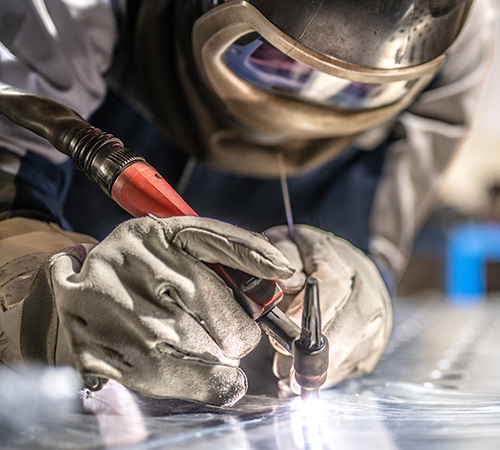 |
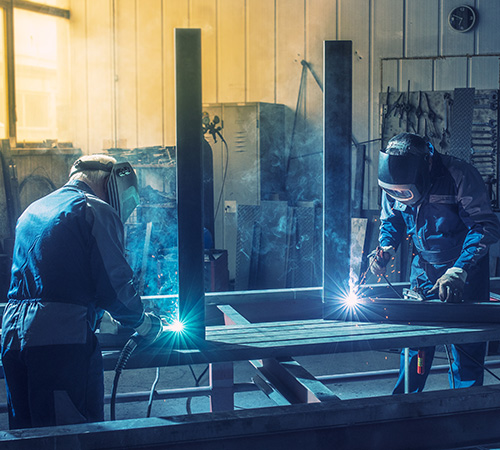 |
Structural FabricationCanaan Industries stands as a premier resource for the fabrication of large-scale metal installations and components. Our expertise in crafting highly complex, large metal frameworks for a diverse range of industrial applications sets us apart throughout the Midwest. At Canaan Industries, no project is too large for our team of highly trained metal fabricators. We thrive on tackling ambitious challenges, delivering unparalleled quality and precision in every endeavor. Trust us to bring your visions to life, no matter the scale or complexity. |
Laser CuttingCanaan's expertise in the metal fabrication and laser cutting industry has been a trusted name since 2003. Our commitment to excellence is evident in our laser cutting processes and unmatched product output. Through continuous quality testing and rigorous equipment maintenance, we guarantee consistency in every laser-cut product, from the initial piece to the last. Customers throughout the Midwest, whether large corporations or small businesses, rely on our time-tested laser cutting services. At Canaan Industries, we take pride in delivering precision, reliability, and unmatched quality in every laser cutting project we undertake. Materials Accommodated:
|
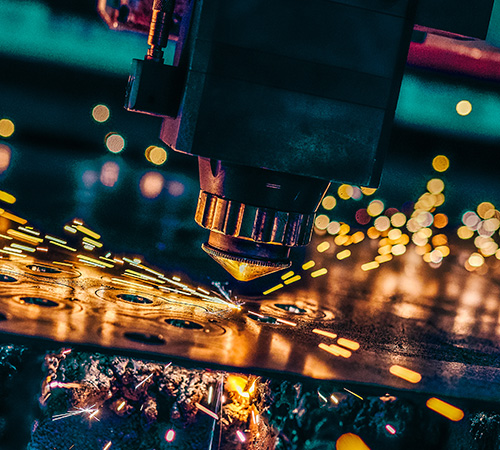 |
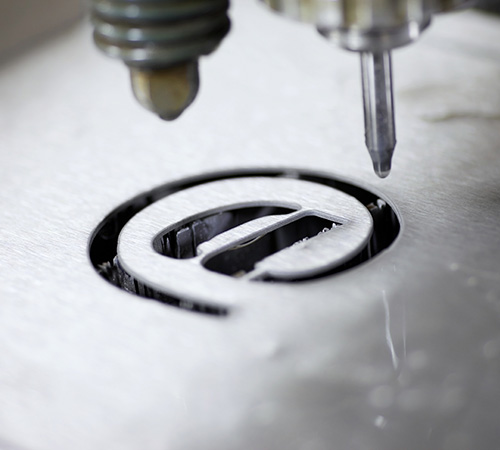 |
Water JetIn addition to our renowned laser cutting services, Canaan Industries harnesses the power of water jet cutting for precise part production and metal fabrication requirements. Our state-of-the-art water jet equipment offers the capability to cut thicker materials, surpassing the limitations of traditional laser cutting methods. From hard to soft materials, including stainless steel, aluminum, exotic alloys, composites, plastics, and beyond, our water jet cutting technology ensures exceptional precision and versatility. Whether you require intricate designs or complex components, trust Canaan Industries to deliver superior quality and accuracy in every cut. |
Forming/BendingAt Canaan Industries, our dedicated team boasts extensive expertise across all facets of metal fabrication, including the critical processes of forming and bending metal parts and components. Utilizing cutting-edge equipment and leveraging years of experience, we excel in shaping and reshaping workpieces to precise dimensions with unwavering accuracy. Whether it's stainless steel, aluminum, or many other materials, we have the capability to generate formed metal products that meet your specifications with precision and consistency. Trust Canaan Industries to deliver superior results, ensuring that your metal fabrication needs are met with excellence every time. |
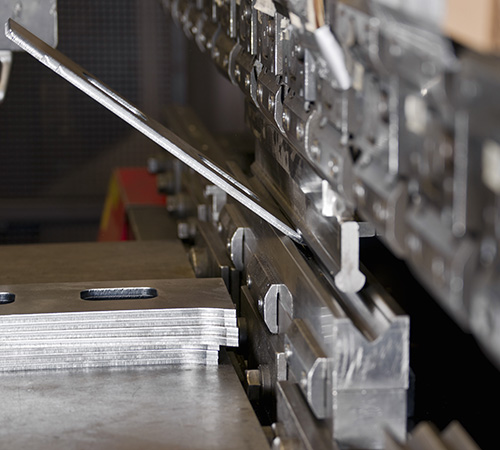 |
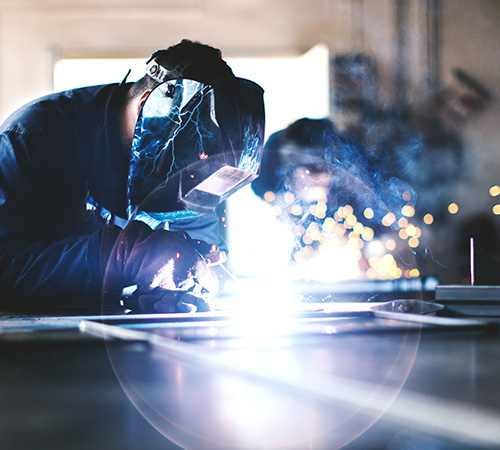 |
WeldingIn the metal fabrication industry, the integrity of welds is paramount. At Canaan Industries, our certified welders are committed to excellence, employing both MIG (Metal Inert Gas) and TIG (Tungsten Inert Gas) techniques to ensure top-notch welds. We understand that the strength and durability of components and parts hinge on the quality of their welds. With years of experience and a dedication to precision, Canaan Industries has earned a reputation for delivering expert welds that meet the highest standards. Customers throughout the Midwest trust us to provide reliable welding solutions for their diverse metal fabrication needs. Weld Capabilities:
|
PrototypingIf you're seeking assistance with a new product or structural design, rely on our expertise in crafting high-quality prototypes and part samples. Leveraging your designs and insights, we employ a range of cutting-edge programs such as AutoCAD, Stryker Systems CAM software, and Litio-3D sheet metal software to expertly bring your vision to life. We accommodate various file types, including DXF, IGES, DWG, PDF, and more, ensuring seamless collaboration and precision in every stage of the process. Trust Canaan Industries to transform your concepts into tangible realities with finesse and efficiency. |
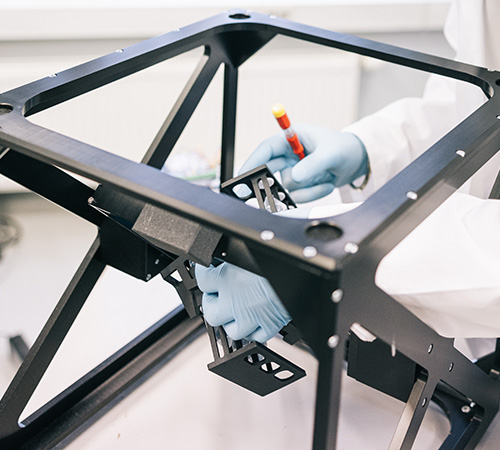 |
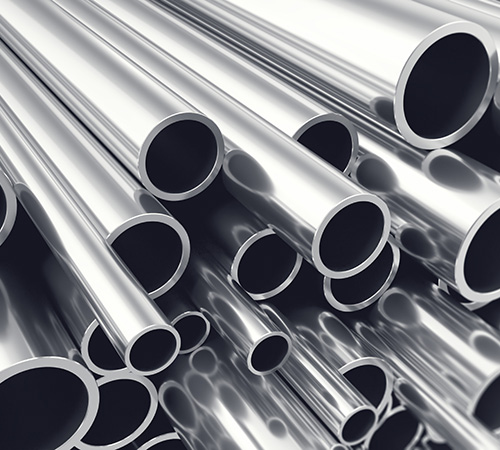 |
Stainless FinishingAt Canaan Industries, precision in stainless fabrication, welding, and polishing is our forte. We begin with meticulous laser or water jet cutting, ensuring a clean slate for your project. Forming follows seamlessly, leaving no trace of die marks, leading to contamination-free welding, predominantly TIG. The real transformation occurs during our polishing stage, where we tailor finishes to your exact specifications, be it #2B (Mill) or #4 (Grain), carefully considering Grain Direction and Surface RA Requirements. We uphold stringent standards in welding and polishing, delivering sanitary, pit-free finishes demanded by our FDA clientele. Our expertise spans various stainless projects, from laboratory furniture, countertops and cabinets to commercial and residential kitchens. This encompasses framework, which we polish to perfection, up to 100%. To eliminate any dimension discrepancies, we offer on-site field measuring, ensuring seamless communication throughout. Additionally, we thrive on tackling large or intricate projects, always eager to embrace new challenges. |
